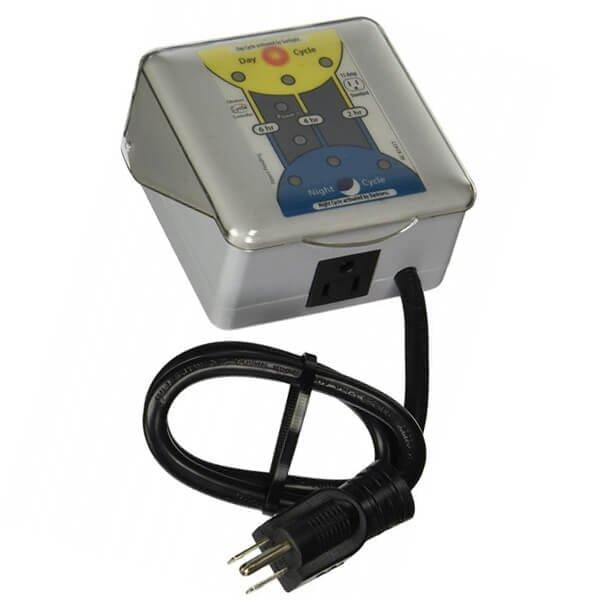

SUMMARY OF THE INVENTIONĪccordingly, it is a general purpose and object of the present invention to provide an improved data acquisition system. Current AGC units are neither small nor low power and are not designed to exist in hazardous environments. Measurement arrays require low power amplifiers which must operate in pressure vessels that are small enough to be handled by one or two people. The wide dynamic range is then compressed by an AGC into a smaller dynamic range consistent with the actual dynamic range of the item generating the analog signals.Īlthough not available in the prior art, in the present invention the AGC unit is moved to be the first amplifier after the sensor/receiver unit, the received signal then immediately maps into a dynamic range compatible to all system components and thereby reduces the stringent dynamic range requirements imposed by maintaining an all encompassing dynamic range.Ī multi-channel AGC unit of more than fourteen channels is too large to be contained within a remote noise measurement system such as an underwater measurement array. The signal's wide dynamic range is maintained from the system's sensor/receiver unit through to the analysis system's front end. This AGC unit would also reside far away from the point where the analog signals are being gathered because its size prevents it from being placed with the sensors.

A typical AGC system would be contained within a 19".times.19" drawer and consume tens of watts of power. The limitation to present AGC amplification techniques are mainly caused by the AGCs location and physical size. Alternatively, an operator may also specify an amplification level through a front panel or computer interface. A standard amplification technique used is to employ an automatic gain control (AGC) amplification unit which continually adjusts its gain such that the signal is kept within a specific dynamic range. Components, such as signal amplifiers, are selected on their ability to cover wide dynamic ranges (greater than 60 dB) but this choice generally leads to tradeoffs such as cost and component availability.Īmplification techniques are employed to translate the measured signal into a range that can be recorded and analyzed. Current remote systems are designed in a static format, with components selected to cover any possible signal range. Prior to a data acquisition system's design, future technical projections have to be made to determine what dynamic ranges may eventually exist while still being able to measure present dynamic ranges. In many data acquisition systems, the amplifiers and recording equipment must be designed to capture the entire analog dynamic range of any possible device it may be called on to measure. Still more particularly, the invention relates to a programmable gain amplifier of special utility in connection with the foregoing fields of application. More particularly the invention provides remote signal processing in the area of the sensors of underwater vehicle noise. Taking care of the customer is Lutron’s first principle and our number one priority.The present invention generally relates to data acquisition circuits.



 0 kommentar(er)
0 kommentar(er)
